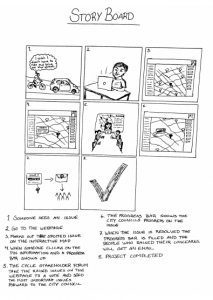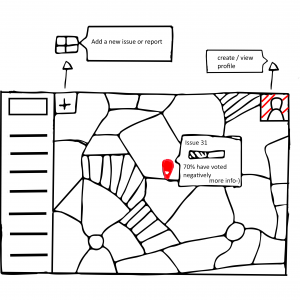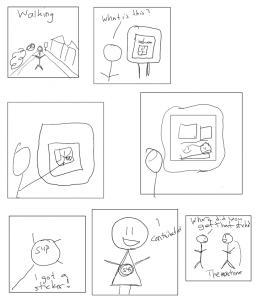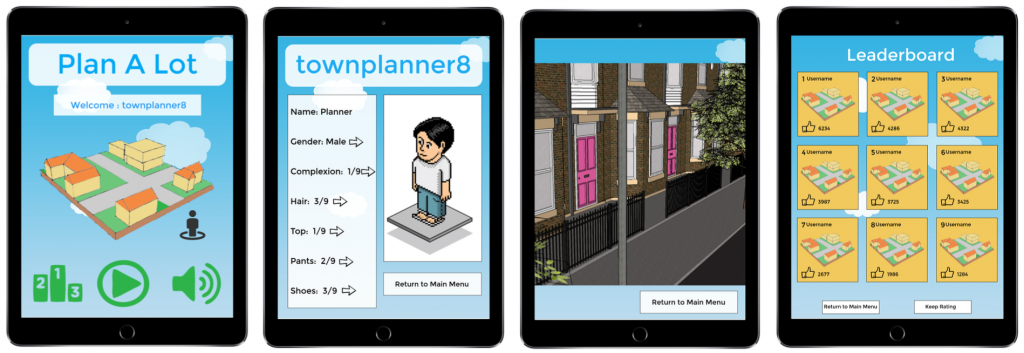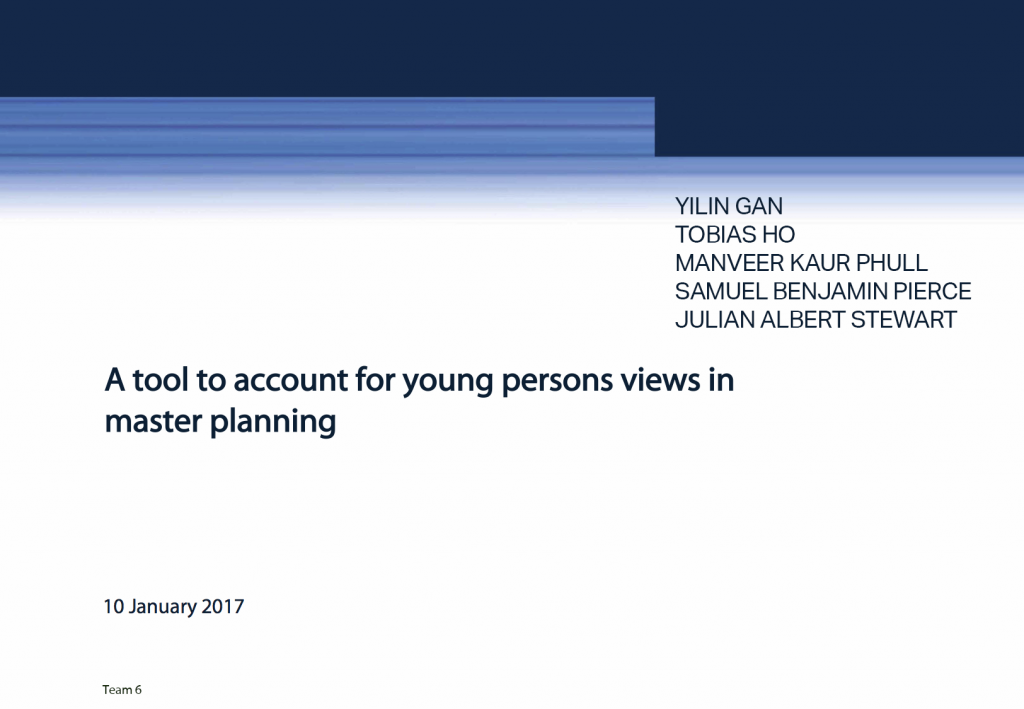The prototype for our design will include multiple user friendly interactive features that all revolve around improving the accountability and the communication of information of the forum. All these features will be available on a website dedicated to the cycle stakeholders forum.
One of the main features of our website prototype will be an interactive map which shows the location of issues raised involving cycling infrastructure in Newcastle. In this format everyone including new members to the site and forum will be able to clearly see the key issues and problems facing cycling in Newcastle. Users will be able to view the key issues raised in the meetings and also on the website and view comments by other member of the public, members of the forum, engineers and council representatives. Each issue will also show a progress bar showing different colours that indicate whether or not these issues are being addressed by the council and at what stage these improvements are at, this will improve the accountability of the council and show that the issues raised are being used by the council. There will also be markers to show where improvements have been completed by the council from issues raised by the forum to show new members that the forum works and cycling infrastructure is being improved in Newcastle.
There will be an organised minutes section that is set out in chronological order that users can access to see what was brought up at each meeting. Users will also be able to access meeting dates and times. It will also have links to other relevant groups and pages that are relevant to cycling in Newcastle. Users will also be able to create profiles to be able to comment on different issues. They will be awarded points when they contribute to the page which acts as an incentive to do so, this means that individuals can be recognised for the time and effort they put into the forum.
To have a glimpse of our prototype, here is a storyboard that shows how our project could be helpful and how we can use it. The starting point is basically a cyclist facing a problem and who wants to raise it up to the city council.
